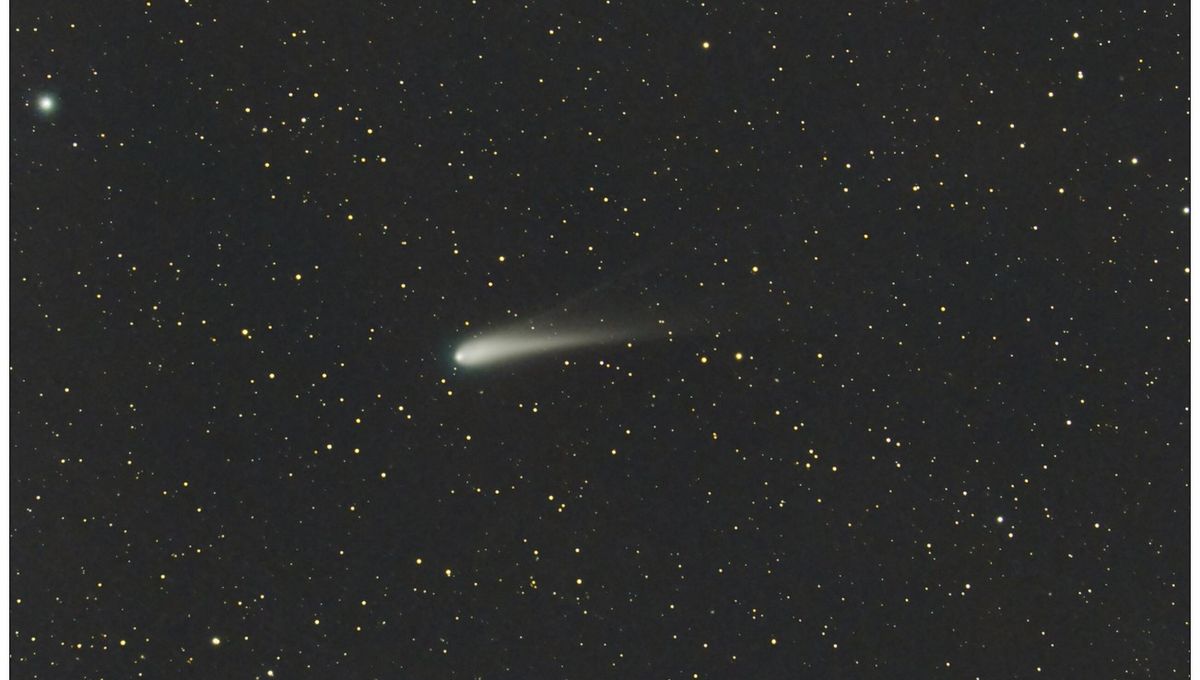
Bring on Friday! Comet C/2023 A3 (Tsuchinshan-ATLAS) is now speeding towards its closest encounter with the Sun – possibly its one and only encounter with our star. On September 27, the comet will fly a distance of 58.6 million kilometers (36.4 million miles) from the Sun; that is roughly the same as the orbit of Mercury.
The comet has been one to look out for. Its potential to become bright has had astronomers and sky lovers excited for months, and it crossed into visibility with the naked eye in the last few weeks. Optimistic estimates suggest that it might become one of the brightest in years, and the next few days will be crucial in testing that prediction.
If you want to see it, with your naked eye or telescope, you’ll just have to wait a few more days. From next week it will be visible before dawn, and from October 9 visible at sunset. The closest passage to Earth is on October 12, making the time around that date ideal to spot it. The Virtual Telescope Project will have live-streamed observations from September 28, including a live talk on October 9.
The comet’s name comes from the two observatories that discovered it independently from each other. The first one was the Zijinshan Astronomical Observatory (Purple Mountain Observatory), but it was lost in follow-up observations as the comet was faint and distant. It was then rediscovered by the Asteroid Terrestrial-impact Last Alert System (ATLAS) in South Africa. Following the discovery, it was also found in older observations from December 2022.
The comet’s orbit has a high eccentricity. If the comet is bound, it will take millions of years to go around the Sun. But there is a chance that the comet is no longer bound to the Solar System. Disturbed by some gravitational interaction, it has traveled towards the Sun, and as it passes it may fly out and away to become an interstellar object.
Source Link: Comet C/2023 A3 (Tsuchinshan-ATLAS) Is About To Meet The Sun – We Should See It Soon